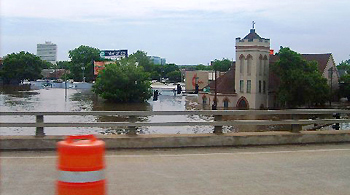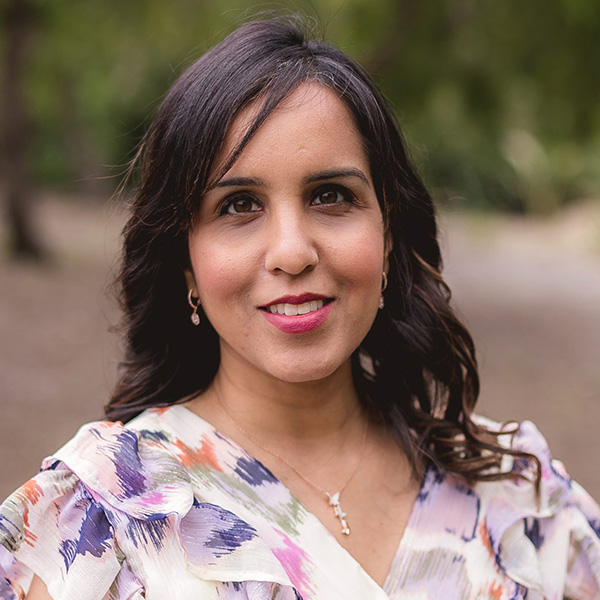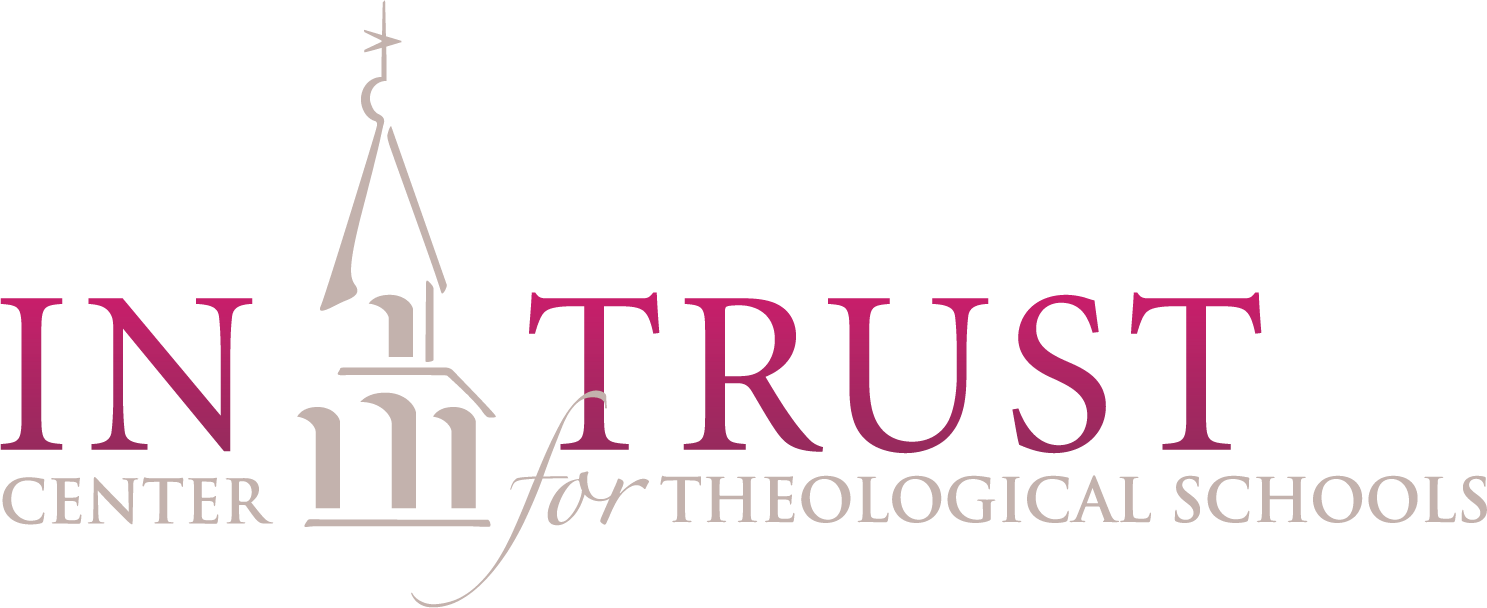For as long as he can remember, Dick Talbott, 89, had worshipped at a church on the corner of First Avenue and Third Street in Cedar Rapids, Iowa. He was baptized and married there. He witnessed countless weddings there, often held in late afternoon as the beautiful west-facing stained-glass windows bathed the sanctuary in light.
Salem United Methodist Church was a sacred place to its 320 members.
But after floods ravaged the century-old building in 2008, the aging congregation had to ask deep questions as it searched for a new home: Who is Salem UMC? And more than just a sacred place, what is its place in the world?
A church is more than a building, the Rev. John Louk, Salem’s pastor, often said to the congregation. But a church without a building is hard to sustain, as they learned in those tumultuous years without a permanent home.
“In this whole age where we talk about being missional, and we’re going out and getting out of the church building, there’s still something about the church building,” Louk said.
The old Salem building was razed last fall. But the congregation has rebuilt itself.
“Out of destruction, God can bring blessing. Beauty from ashes. Life from suffering. I think that that’s something that has happened for Salem,” Louk said. The flood was “an opportunity to listen hard to what God is doing, and to be concerned about following that rather than just following our own agendas.”
A warm heart in the center of the city
The church had been located on the edge of downtown Cedar Rapids for more than 125 years. A sprawling, stately brick building, its lighted steeple could be seen by cars passing overhead on Interstate 380, and its carillon heard blocks away. Salem called itself “a warm heart in the center of the city.”
The church had once been deeply connected to the neighborhood. David Kuda, 75, began attending in the 1940s because it held the neighborhood’s only gymnasium, where local kids came to play basketball.
By the 2000s, Salem was a dedicated congregation, though not necessarily thriving. After the interstate was built in 1974, the surrounding neighborhood had begun to decay. Instead of vibrant young families, the blocks around Salem were now dotted with fast-food restaurants, small storefronts and deteriorating houses.
When the Cedar River, which courses through the eastern Iowa city of nearly 130,000 people, overflowed its banks in June 2008, it devastated more than 10 square miles of the city. Considered the worst natural disaster in state history, it was also one of the nation’s costliest. Water filled the basement and first floor of Salem UMC, just two blocks from the river. When church members returned several days later, they found pews floating in the sanctuary and choir books soaked in mud.
“It was heart-wrenching,” said Linda Curson, a Salem member for more than a decade. “It was where we worshipped. It was where we had dinners with our church family. To see all of that underwater, to recognize the devastation that had occurred -- it was very emotional.”
To make things more difficult, the church’s beloved pastor of nine years had been reassigned, and Louk, the new pastor, would begin just two weeks after the flood.
Picking up and moving on
The son of a United Methodist minister, Louk came to Salem from Des Moines, where he was associate pastor at a historic downtown church. An affable man in his early 40s, he had once led a church start, and though it was unsuccessful, he considered himself a new-church kind of guy, interested in helping congregations thrive in the 21st century.
His first months at Salem were filled with the dirty, exhausting work of cleaning up the wrecked building and members’ homes. There was little time to connect with most of the congregation.
“There were a good couple of years where I hadn’t even met everyone in the church, especially our shut-in members,” he said. “It was just a time of ‘We have to figure out how to pick up and move on.’”
But he saw the congregation’s dedication. In spite of the damage, Salem never missed a Sunday service, worshipping at another church building just two days after the river crested.
Questions to consider:
- What is the role of “place” for your institution? How might it shift over time?
- In its search for a new building, Salem UMC made the difficult decision to pause and embrace a season of discernment. How does your institution practice discernment? Are you willing to embrace it, even at the cost of moving forward quickly?
- The Rev. John Louk preached on unanimity, yet he struggled with his own feelings. How does your leadership align with God’s guidance? What is the relationship between human leadership and a commitment to God’s authority?
- Salem UMC was sustained by its foundational identity during a difficult transition. What foundational commitments in your organization would sustain you? How are those commitments formed among your constituents?
After the flood, the congregation was anxious to find a permanent worship space, and a group toured a Lutheran church building that was for sale. It seemed perfect for Salem’s needs: a turnkey building in a good location. Salem’s leadership team was set to vote to buy the building.
Shortly before the vote, Louk attended a conference in Ohio for church leaders. Overwhelmed and “crusty” after nearly four months of flood cleanup, Louk said he broke down on the conference’s last day. Sitting in a church’s upper balcony, weeping, he asked God for direction. And he realized, on the nine-hour bus ride back home that day, that Salem needed to define itself before it rushed to buy a building.
Two days after he returned, Salem’s administrative council gathered to vote on the new building. Everyone was excited. A church building meant Salem could carry on.
But Louk spoke first: “We’re hurting, and we’re trying to fix that just as fast as possible. We have an opportunity to think about who we are and what God has called us to be. What is our identity? We need to take some time and we need to work on that rather than be focused on brick and mortar,” he said. “The church isn’t the building; the church is the body of Christ.”
He encouraged Salem to spend a year or two considering its future. It would be difficult, he said, and it might mean Salem would lose some people, possibly even close. But the flood gave the church “an opportunity that few congregations ever have,” he wrote in a blog post shortly after the meeting. “We can start fresh, keeping the best of who we are while still moving in new ways.”
Leaders tabled the vote. Curson, who chaired the administrative council at the time, said Louk’s message was not well-received. Louk said the meeting was a “train wreck.”
“It was like the air had gone out of everybody. It was very deflating,” Curson said. “But I really feel that God was speaking through John, and he had a message to tell us. It was just a hard one to hear at the time. We needed time to rebuild emotionally -- and logistically, too. We needed some time to heal and grieve.”
Stormy years
A flood. A new pastor. A new direction. During the next two years, morale, Sunday attendance and giving suffered.
To create more transparency, Louk encouraged members to fill out blue comment cards that church leaders would address. But people wrote things like, “Why don’t we send this pastor back to Des Moines?”
Early on, Louk pushed to change the leadership structure from six boards to a single 12-member decision-making body, which also upset people. Church members didn’t really know him, and they didn’t trust him, said Kuda, whose home was among those flooded.
Louk struggled with how to respond to people’s concerns, which seemed to come from every direction. On one occasion, he found himself in a shouting match with a longtime member.
“I can clearly say I didn’t always behave well,” Louk said. “The stress got to me sometimes, too.”
Louk often talked through the conflicts out loud, often in the shower, leading his wife and three daughters to wonder whether he had lost his mind.
Salem moved to three temporary spaces within the first year. With each change, fewer people showed up for Sunday services; attendance shrunk by about one-third. And Salem was in a tight spot financially.
“People were saying, ‘I’m going to pull away from Salem until Salem decides what it’s going to do,’” Louk said. “And that was really frustrating to me, because I was saying, ‘You don’t understand -- you’re Salem.’”
Those who remained had strong opinions about Salem’s future, though they didn’t always agree. Many wanted the church to stay downtown, even though rebuilding was well outside Salem’s means.
“I think it had a purpose there,” Kuda said. “We survived other floods. To me, something was saying, ‘This is where you belong.’”
To help unify the congregation, Louk preached on “unanimity,” the idea derived from theologian Gerhard Lohfink that when people put aside personal agendas, pray and allow the Holy Spirit to move within them, they will find oneness.
But Louk struggled with putting aside his own strong feelings. “I always had to remind myself and others, it’s not about what I want, and it’s not about what you want. It’s, ‘What is God doing?’”
As they prayed and plotted their future, the old building languished downtown. It became difficult for church members to drive past the building, which was filled with memories of baptisms, weddings and potlucks.
Nearly a year after the flood, church leaders learned that the city was buying out many flooded properties. Weeks of prayer and information gathering led to a difficult decision. For Salem to exist in the future, church members recognized, it needed to leave downtown.
“As many memories as we had of the place, you have to reach the decision, ‘OK, we have to move on,’” said Talbott, who had worshipped there since birth. “‘You can’t restore this, so let’s move on.’ It was a hard decision. It was a very emotional decision. But it was the right thing to do.”
Using federal money, Cedar Rapids paid the building’s assessed value. (City officials later learned that the money shouldn’t have been spent on churches; however, Salem had already signed the paperwork.)
Curson, who chaired the leadership board at the time, said that the decision to accept the buyout presented an opportunity not only for a fresh start but to ask for God’s help and come together to make a decision, which ultimately buoyed the congregation.
The years after the flood “reminded us how to turn to God and say, ‘Where? What? How?’ -- and to listen,” she said. “It was having a community of faith that helped everyone get through that time.”
Accepting the buyout was also an acceptance that Salem was changing. The congregation recognized that it would have to change the way it ministered to the community around it, wherever God would lead them next.
The buyout brought nearly $900,000 to Salem’s checking account, a needed boost. But the congregation, still homeless, was unsure of its future.
Opportunity arises
On Easter Sunday 2010, nearly two years after the flood, Louk announced that a United Methodist congregation in a newer area of Cedar Rapids had decided to close after 18 years. The church had offered Salem its 8.5-acre property for its outstanding mortgage of $312,000, or about one-fourth of its value.
The property presented an opportunity. Situated in a developing area, it would be one of few mainline churches nearby. The money Salem received from the buyout would allow it to pay off the mortgage, make basic renovations and hope to build a more suitable building later.
In the years of soul-searching after the flood, the congregation recognized that it existed to make disciples of Jesus Christ by reaching out and welcoming people. That had always been Salem’s mission, and something members had done well when it was downtown. A new neighborhood meant the congregation could reach out to new people.
By waiting to relocate, members learned how to overcome conflict by coming together to pray and trust in God. They also were in a position to take advantage of an offer to buy a building that offered a lot of potential because they had not gone into debt to buy the first building. And they became more deeply connected to their mission because of the years of discernment.
“Once we landed here, that was when it broke open and everything started to change,” Louk said. “Everyone could finally go, ‘OK, we were flooded two and a half years ago. It’s been a crazy ride.’”
New home, same DNA
The new Salem UMC is a simple, white, one-story building situated between a housing development and a Target, a Wal-Mart and a car dealership. Glass double doors open to a sanctuary that serves as both worship space and fellowship hall. Two stained-glass windows saved from the downtown property hang on either side of the pulpit. Two outbuildings have been added for child care and classroom space.
At Sunday services, longtime members greet new faces. All told, 43 new members have joined since Salem moved to its new space. In September 2012, the old building was torn down, marking the end of that chapter of the congregation's life.
“They have gone through an evolution,” said the Rev. David Crow, district superintendent of the East Central District of the Iowa Conference of the United Methodist Church. “When the flood came, who they were was literally washed away overnight.”
But, he said, “if you know that congregation, they don’t go away. They have a deep spiritual grounding that we are about the work God has called us to do. They had an event that totally removed their understanding of what that meant. It didn’t remove their understanding that they are a people called by God.”
After the move, the congregation had to redefine how it welcomes its neighbors. They recently hired a youth minister in hopes of attracting a younger generation, and a committee has met to discuss future construction on the land. At the same time, the congregation is studying ways it can get out of the church building and into the young, middle-class community around them, which will help Salem thrive in the 21st century, Louk said.
“We could have lain down and said, ‘We’re an older congregation. We’ve lost our building. Let’s hang it up and be done,’” Curson said. “That was never on anyone’s lips. There really was a purpose for Salem’s existence. Coming through this strengthened us in ways that no one will fully understand.”
The flood strengthened Salem’s faith, Louk said.
“Following Jesus means adventure with all of the joys and sorrows, thrills and spills, sweet spots and wrong turns, and exciting and frustrating moments,” Louk said. “Through it all, we know that God is with us.”







